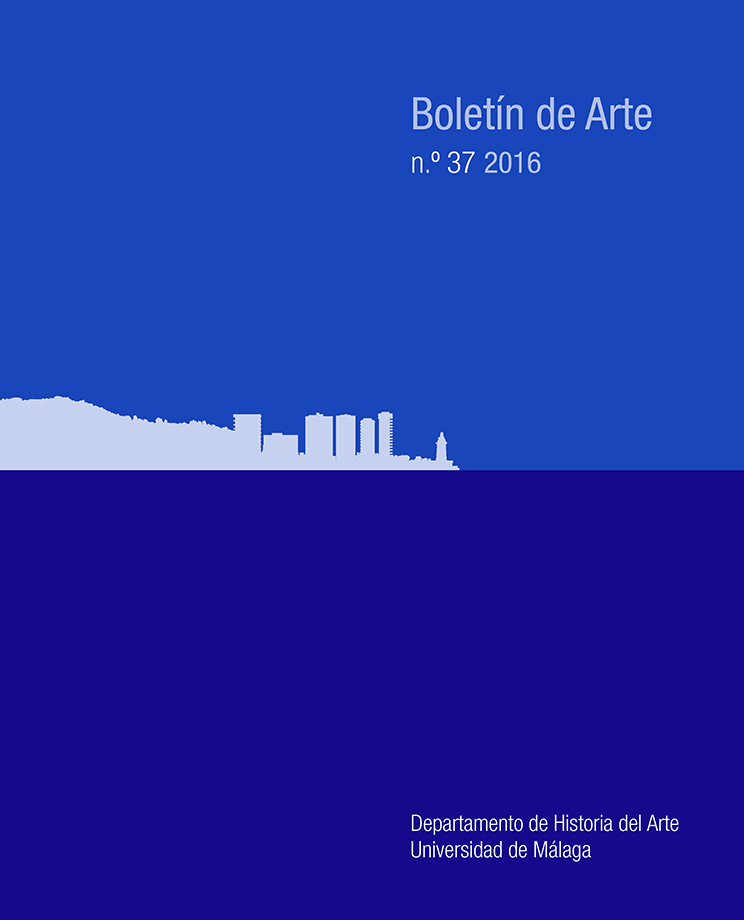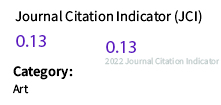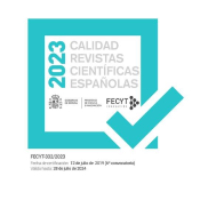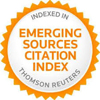The mural Paintings in eighteenth-century Granada.
DOI:
https://doi.org/10.24310/BoLArte.2016.v0i37.3273Abstract
The route to the increase in value of mural painting throughout the 18th century in the city of Granada begins with the figure of the Archbishop Martin de Ascargorta (1693-1719). The taste imposed by this prelate meant a change in the development of the decorative programs during the first half of this century under the guidance of Ascisclo Antonio Palomino and José Risueño which would be further extended with the activity of painters such as Martín de Pineda, José Hidalgo, Diego Sánchez Saravia or Tomás Ferrer. This taste for wall painting culminated at the end of the century in the cycle of the exploits of Don Quixote in the Palace of Cuzco in Víznar, also linked to another Archbishop, Juan Manuel Moscoso (1789-1811) and carried out by Nicolás Martín Tenllado, José de Medina and Antonio Jiménez.Downloads
Metrics
Downloads
Published
How to Cite
Issue
Section
License
Todos los contenidos publicados en la revista Boletín de Arte están sujetos a la licencia Creative Commons Reconocimento-NoComercia-Compartirigual 4.0 cuyo texto completo puede consultar en <http://creativecommons.org/licenses/by-nc-sa/4.0>

Los/as autores/as cuyas contribuciones sean aceptadas para su publicación en esta revista conservarán el derecho no exclusivo de utilizar sus contribuciones con fines académicos, de investigación y educativos, incluyendo el auto-archivo o depósito en repositorios de acceso abierto de cualquier tipo.
La edición electrónica de esta revista esta editada por la Editorial de la Universidad de Málaga (UmaEditorial), siendo necesario citar la procedencia en cualquier reproducción parcial o total.











4.png)
